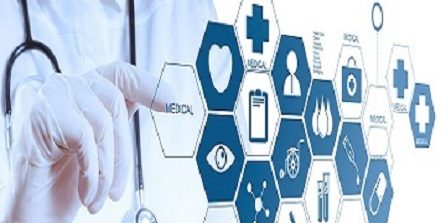Clinical Evaluation of Standalone Software: Standalone software with a medical purpose is considered an active medical device, according to the EU MDD/MDR and the UK MDR. The danger to the patient and the users determines the classification. You’ll need to examine the appropriate categorization criteria to categorize your programme thoroughly.
The importance of computer applications in hospitals and medical equipment cannot be overstated. However, there are variances in the quality of such software, which has regularly led to concerns regarding software safety and regulation. With MDR and IVDR, the CE certification process for medical equipment has become much more controlled, including mobile medical apps. Clinical assessment is a significant part of CE certification, especially when it is included in the guideline. MedDev 2.7.1 Rev 4. In medical app development firms, the needs and uncertainty have grown.
We are regulatory consultants and consultants who assist in creating software medical devices and provide an overview of the stages required for a clinical review. “Planning and scoping,” “Literature Research,” “Literature Assessment,” “Clinical Data Analysis,” and “Reporting” are the five substeps of the clinical assessment. Developers will examine and modify this guidance as soon as Medical Device Regulation becomes legally binding.
N41 for the clinical evaluation of standalone software from the International Medical Device Regulators Forum (IMDRF) provides supporting information to all software developers.
This is only a guidance document and not a legally binding document.






